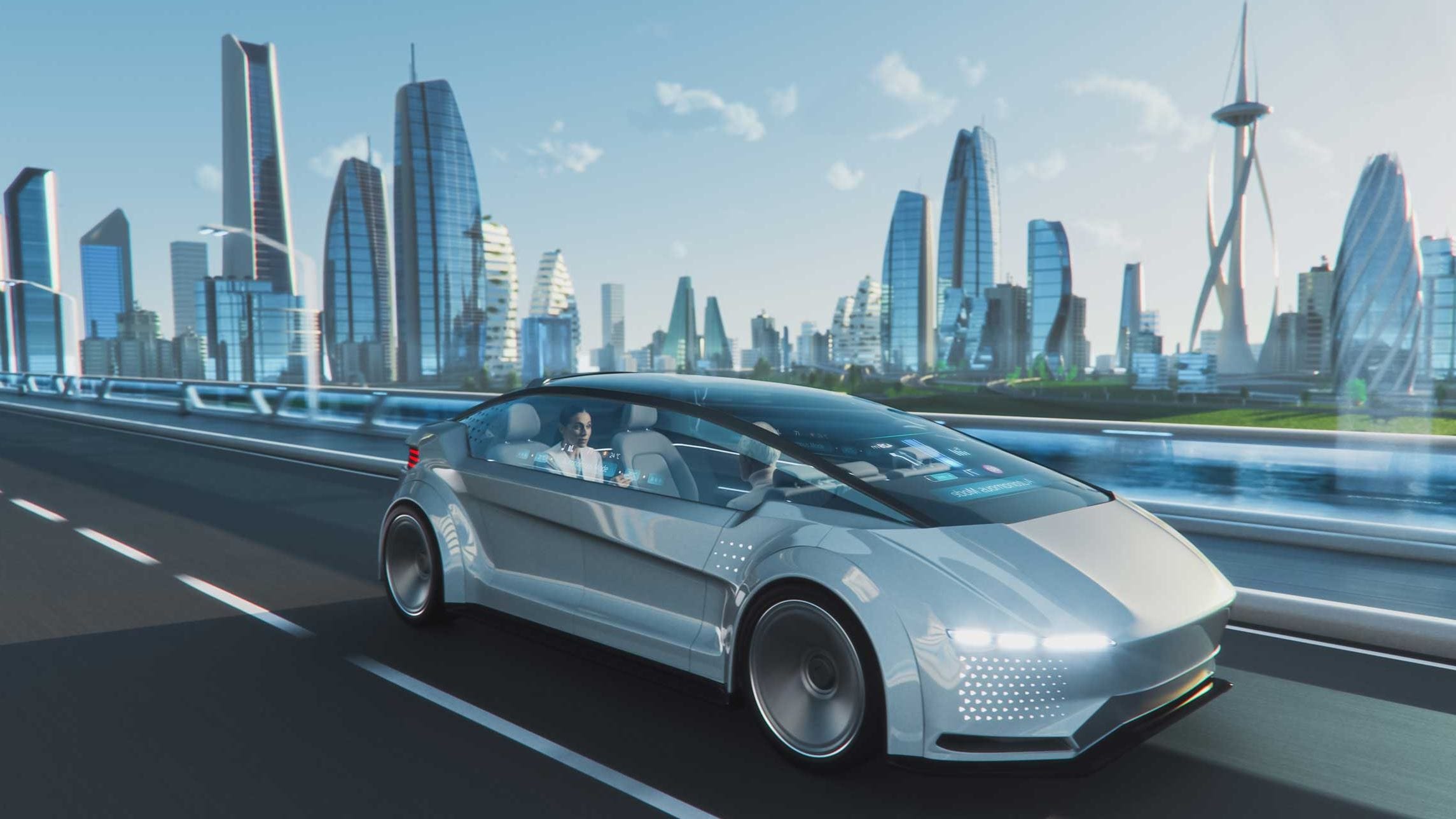We’ve got your back: Enabling autonomous mobility with lidar technology
Somewhat akin to cloning, driverless cars are one of the more contentious developments in the spheres of science and technology. Elon Musk is on record as having said: “My opinion is it’s a bridge too far to go to fully autonomous cars.” But maybe reading the ambitions for General Motors and hearing Dieter Zetsche, former chairman of the board at Mercedes Benz, enthuse that driverless cars were “like smart phones on wheels” got him to revise his position. A more recent Musk quote states: “Self-driving cars are the natural extension of active safety and obviously something we think we should do.”
The understandable fear of many detractors is that of mayhem and the increase of collision on the roads when everyone inside a vehicle is a passenger, glued to their iPad or sending emails or even taking a nap. Champions of the automated vehicle parry by citing human error as the major cause of road accidents. They argue that an autonomous vehicle can identify best travel routes to minimize time on-road, drive at optimum speed, thereby, improving the efficiency of logistics companies. With advanced decision-making capabilities, autonomous vehicles can realize fuel and time costs. Improved safety also can minimize damage and insurance costs.
But what about the emotional aspects of driving? The sheer pleasure of driving? The freedom of the road, as celebrated in so many Hollywood ‘road movies’. Sergey Brin, co-founder of Google (Google are a major player here - in 2016, Waymo, an autonomous driving technology company, became a subsidiary of Alphabet, and Google's self-driving project became Waymo) has said about this: ”I think there’s always going to be a pleasure in being able to hit the open road and enjoy that. But I think that for a large percentage of our day-to-day driving, we’re going to prefer the car to drive itself — it will be safer, for both the occupant and the people around you.” There’s a clue in that, to the effect that quite probably there will be two modes of driving – one, behind the wheel, out on the ‘open road’ and two, feet up, flat white in hand, in the urban environment.
But here’s another angle. Political commentator Fuad Alakbarov, foreseeing the demise of the taxi driver in this urban scenario, has said: “My main worry about driverless cars is how would Western journalists get their stories in the post-Soviet countries with no taxi drivers to talk to.” Such specialisms apart, how might the international traveller, on arrival, get the pulse of a city in the cabbyless cab? And how might playwrights and screenwriters get some of their best lines? Those who have seen Tom Stoppard’s Shakespeare in Love might remember the scene when the eponymous hero, in the throes of writing Romeo and Juliet, takes a boat across the Thames (the sixteenth century equivalent of a taxi) and from the boatman’s rant hears the words ‘a plague on both your houses’ and next we know it, those words are Mercutio’s in the play.
The thing is, much of the technology is already with us, if not quite fully fledged: in factory warehouses, in car sensors. Amazon reportedly deploys almost 350,000 mobile drive units (or robots) to work alongside the hundreds of thousands of humans employed in its fulfilment centres around the world. And with the retail giant having doubled its amount of warehouse space since 2019 (now at 38 million square metres) the whizz-around, heavy-lifting robots look set to multiply too. Autonomous vehicles can be integrated with warehouse management systems, automated storage and retrieval systems, conveyors, etc. Their mobility prevents them from being a permanent obstacle.
Photonic technology is a key element in assisting drivers avoid collision, for instance when parking or reversing. The sensor can see what the human eye may well miss. It’s got your back. Already of significance in terms of safety it plays a major role in the development of fully driverless cars. All of this is based on LiDAR, the technology the vehicle uses to sense its environment.
LiDAR is an acronym for ‘light detection and ranging.’ It is sometimes called “laser scanning” or “3D scanning.” The technology uses eye-safe laser beams to create a 3D representation of the surveyed environment. A typical LiDAR sensor emits pulsed light waves into the surrounding environment. Jenoptik designs and produces many LiDAR technologies, including the polymer optics integral to these devices. Our injection molding approach is scalable to produce from ten thousand to a million custom-designed lenses.






